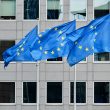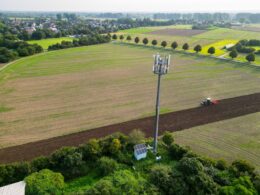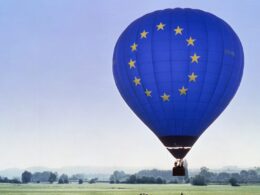At the inaugural Global Supplier Sustainability Summit in Singapore, Microsoft called on its key suppliers to intensify collaboration in cutting emissions across its value chain—particularly targeting hard‑to‑reduce Scope 3 emissions, which account for approximately 97% of its total footprint.
Microsoft’s ambitious goal—to drive Scope 1 and 2 emissions near zero, halve Scope 3, and achieve net‑negative status by 2030—relies heavily on suppliers transitioning to carbon‑free electricity (CFE). Under the updated Supplier Code of Conduct (2024), major suppliers are expected to use 100% CFE by 2030, with energy sourced locally and from additional generation capacity.
At the summit, Microsoft highlighted key “emissions hotspots” such as semiconductor manufacturing, electronics production, and materials fabrication. It encouraged suppliers to focus decarbonisation efforts on these high‑impact areas.
AI also featured as a critical tool. Microsoft’s Climate Innovation Fund, backed by US$1 billion, supports AI-driven solutions for energy optimisation—for example, LineVision’s technology that increases transmission capacity by up to 50%. Internally, Microsoft now sources primary data directly from suppliers to calculate product-level emissions—achieving 70% coverage, well above the industry average of 20%.
Microsoft officials emphasised the urgency of joint action. “Collaboration remains suppliers’ most powerful tool against emissions,” they said.





















